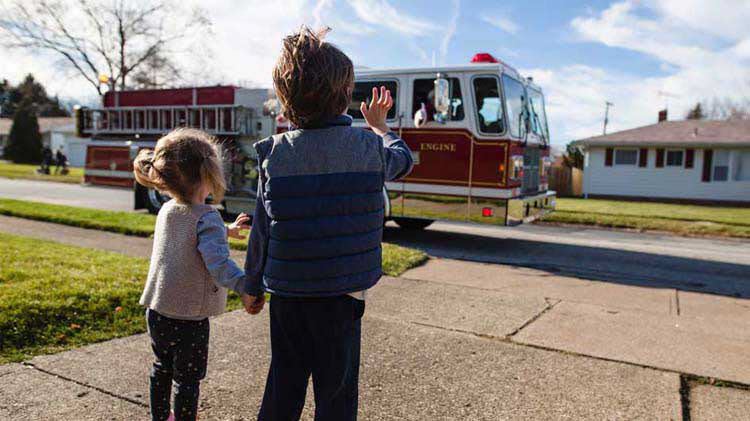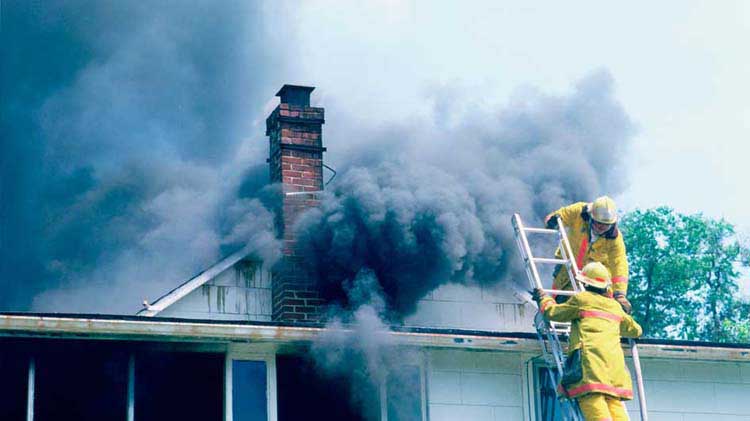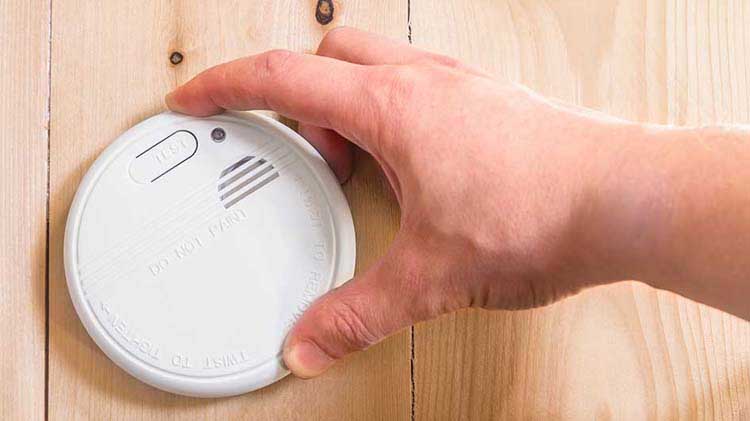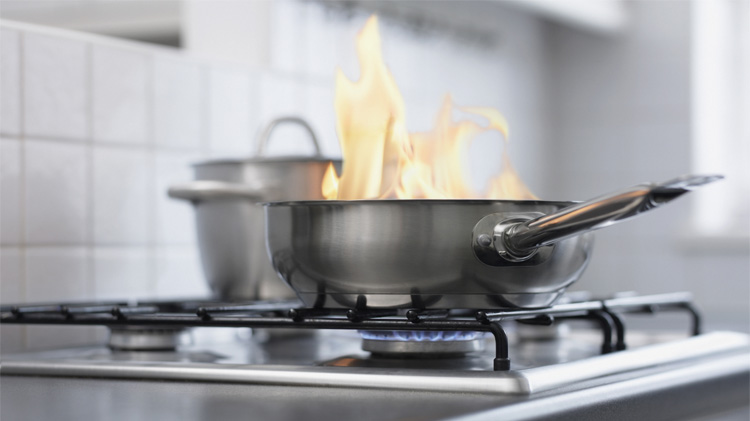Create a fire escape plan today!
Make a home fire evacuation plan to be better prepared in case of a fire. Teach your kids how to avoid smoke inhalation, escape to safety and understand fire hazards.
If a fire strikes in your home, you won't have much time to react. Prepare now so you can act quickly in an emergency. Getting out and making sure everyone is safe is why a fire evacuation plan is so important. It doesn't have to be complicated.
In fact, simple is better and fast is key. Consider these steps and practice fire drills so you can act immediately if there's a fire in your home.
How to make a fire escape plan
Preparing your family with safe escape routes and instructions may be a lifesaver in the case of an emergency.
- Sketch a map of your house.
- Familiarize your children with the map by pointing out where each room in the house is. Pasting a photo of each family member inside his or her respective bedroom on the map may help younger children.
- Draw two escape routes from each room — one out a door, one out a window (in case the primary route is blocked).
- Designate a meeting spot a safe distance from the house, such as the mailbox, and draw that on the map so everyone will know.
- Post the evacuation plan on the refrigerator or a bulletin board to help keep it fresh in your family's mind.
How to do a fire drill at home
Consider teaching and practicing a fire drill every few months to help get children familiar with what to do and keep adults in practice as well. Practice exactly as you'd do it in real time. Define, step-by-step, what you expect your children to do.
- Start the fire safety training drill by sounding a smoke alarm, so children can recognize the beep as an early warning of a fire.
- Leave everything behind and follow the escape route. They should never attempt to pick up toys and personal possessions, or look for their parents, siblings or pets. Sticking to the evacuation plan to get out safely is most important.
- Teach them to stay low to the floor, moving on their hands and knees, if there is smoke in the room. To avoid inhalation, instruct them to cover their face with a pillowcase or shirt.
- Show them how to crawl over to their bedroom door and touch the doorknob first. If it's not hot, they should proceed out the door and exit the house to the safe meeting place outside. If it's hot, they should go to their window and wave a piece of clothing.
- Practice stop, drop and roll. This important safety move can help prevent serious burns if their clothes are on fire.
- Repeat the plan until they have mastered it. With enough drills, you might help avoid panic and confusion if a real fire strikes the home.
Talk about next steps, like calling 911. After you have arrived at your meeting space, talk to your children about calling 911. Children old enough to understand the phone should know how to call at the first sign of an emergency. But remember, kids can sometimes think it's funny to prank call 911, so stress to them that it is against the law and carries consequences.
How to teach fire prevention
You may have equipped your home with all the necessary precautions for a fire, but smoke detectors, carbon monoxide detectors and fire extinguishers aren't enough to keep everyone prepared. Equip your family with fire safety knowledge by teaching them about fire hazards in the home and how to react if a fire sparks in the home.
What fire hazards should I discuss with my children?
- Kitchen dangers & safety: Many of the fire hazards in the home are in the kitchen. An important lesson for young children to learn in the kitchen is that the stove is hot, and they should stay away from it when it's in use. When your children are older and ready to begin cooking for themselves, then you can instruct them further on individual appliance safety and extinguishing cooking fires.
- Matches and lighters: Playing with matches is another common source of home fires. Children as young as two-years-old can strike matches and start fires, so keep matches and lighters safely tucked away in locked drawers. Teach children not to pick up matches or lighters they may find, and to tell an adult about them immediately.
- Aerosol cans: These can explode if placed near a stove, radiator or other source of heat.
- Candles: Candles can start fires if placed near flammable materials, and their hot wax can burn skin. Do not let a child light a candle or leave a child unattended with a lit candle. Get in the habit of blowing out candles before leaving a room.
- Electrical cords: Overloaded extension cords or fraying cords can ignite a fire, so show children how to recognize them.
- Lamps: Explain that paper or cloth over a lamp can start a fire.
- Irons: Warn children to stay away from an iron standing on end.
- Christmas trees: Live Christmas trees can dry out and become highly flammable.
- Electric blankets: Remember to turn off and unplug electric blankets and heating pads when they are not in use.
Remember, the best way to handle a fire is to help prevent it in the first place. And if you are unfortunate enough to experience a house fire, contact your insurance agent immediately.




